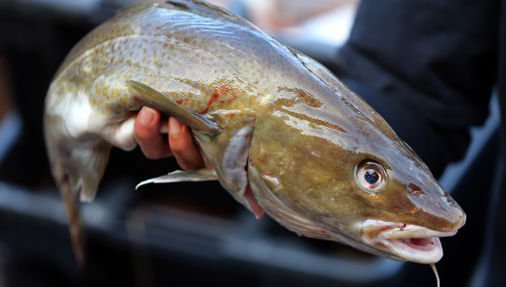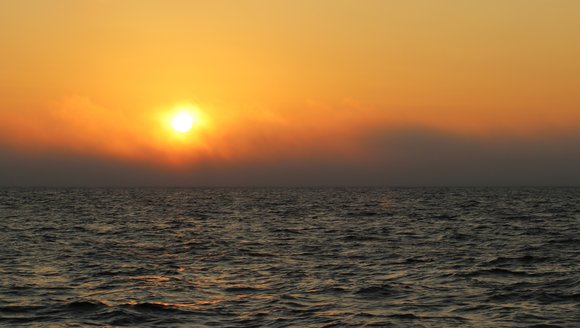Gulf of Maine, Explained: The Warming Gulf of Maine
Gulf of Maine, Explained | Feb 14, 2018
What was once a startling observation among our team of ecosystem modelers is now common knowledge: over the course of a decade, the Gulf of Maine warmed faster than 99% of the global ocean.
In the time since, several studies have investigated the impact of this rapid warming on key commercial species such as cod and lobsters.
However, as more people who care about the Gulf of Maine come to understand it as one of the fastest-warming ocean regions on the planet, one question persists: Why is the Gulf of Maine warming so rapidly?
The answer is complicated, but can be distilled to three essential factors:
- Man-Made Global Warming
- Melting in the Arctic
- Changing Ocean Circulation
In this installment of Gulf of Maine, Explained, Dr. Andrew Pershing details how each of these factors has led to a nearly unparalleled rate of warming in our local waters.
Gulf of Maine, Explained
In our video series, The Gulf of Maine, Explained, you’ll learn more about important-but-unfamiliar concepts related to our work. We’ll cover commercial fishing, fisheries research, sustainable seafood, education, and more. While we probably won’t answer all your questions in one short video, we hope to spark your curiosity about complicated issues that are central to our mission.



